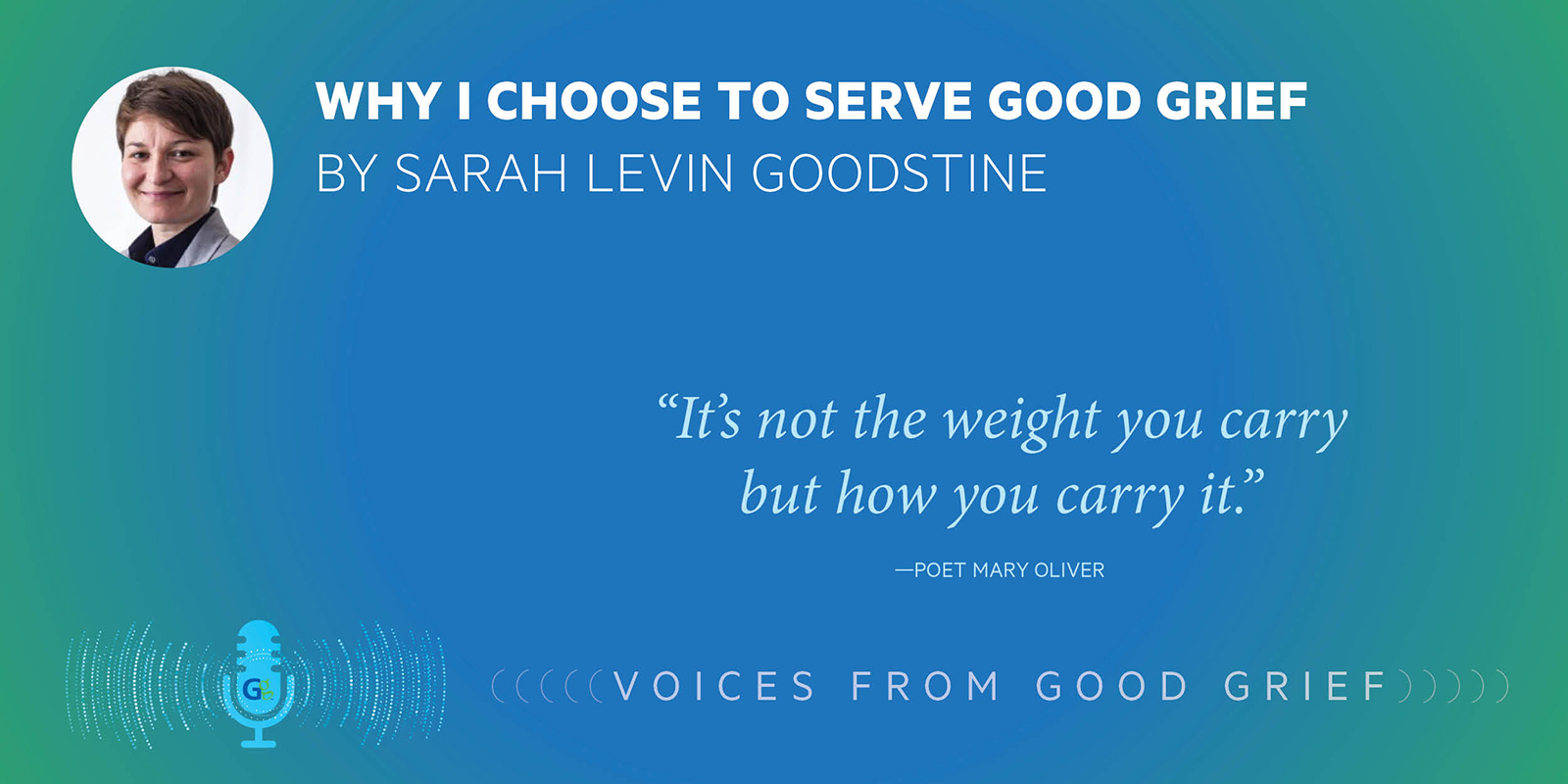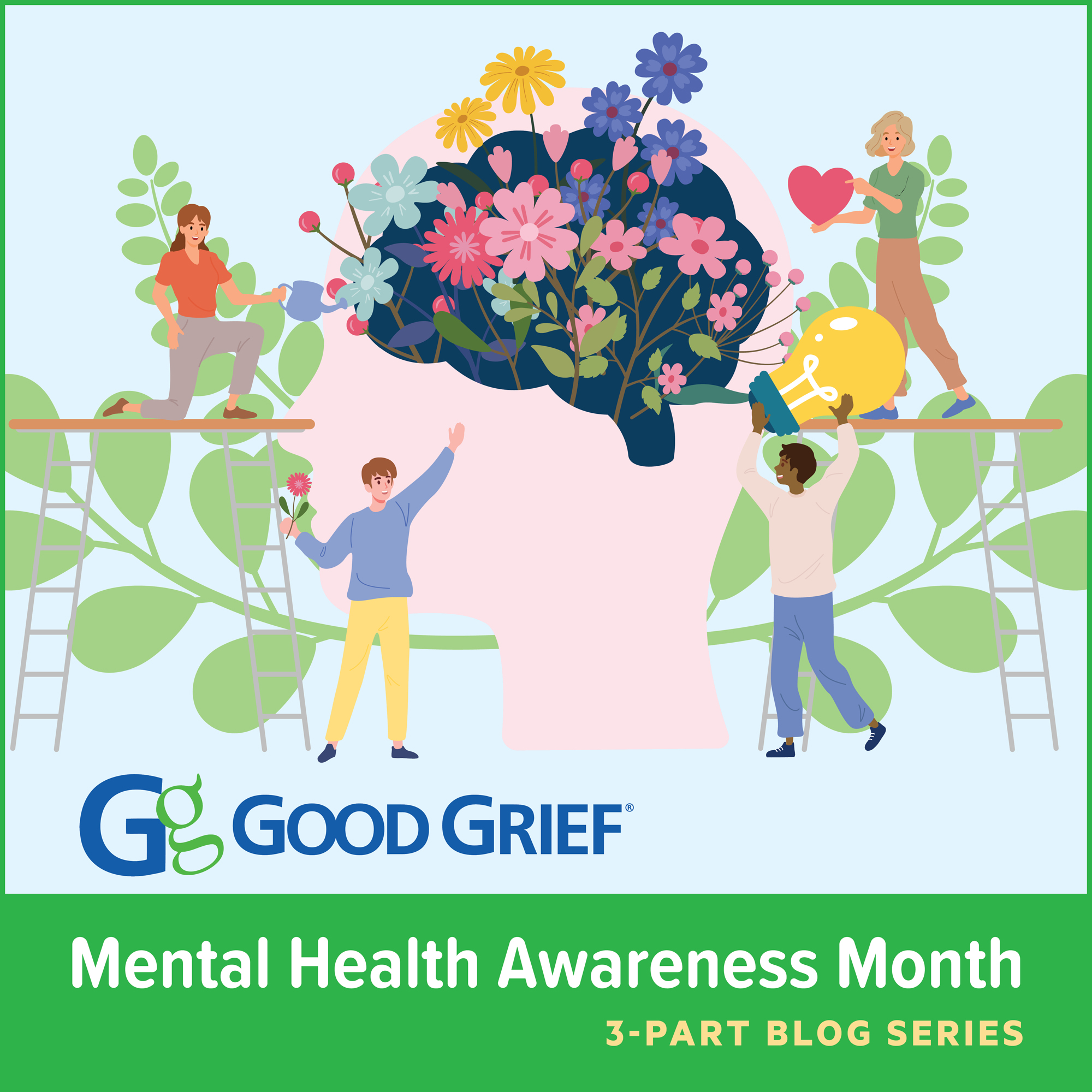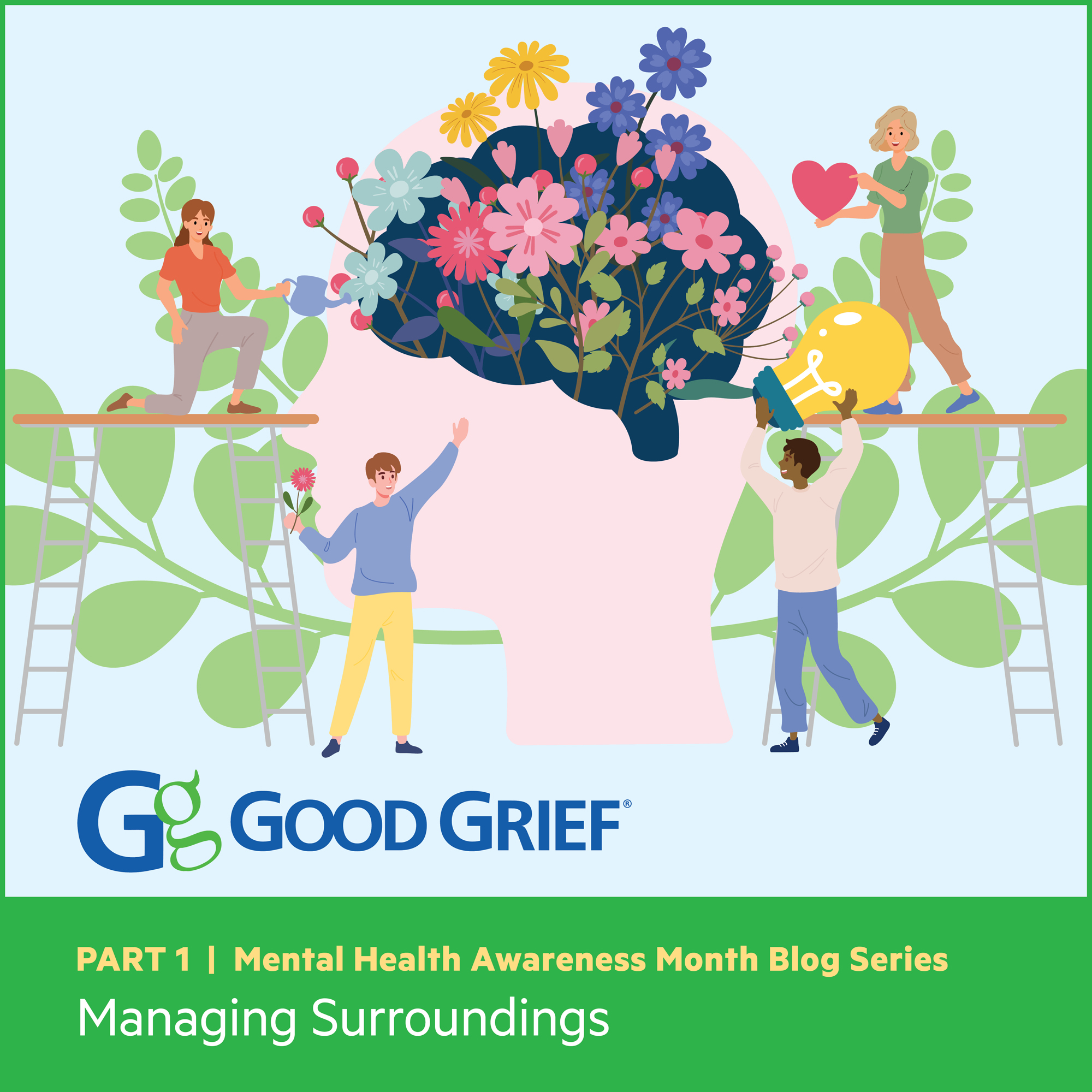
Child Grief Stages – They’re Not the 5 You Think
Child Grief Stages: What Grief Looks Like in Children
When a child suffers the loss of a loved one, often their grieving goes unnoticed. Many people are only familiar with the “five stages of grief;” however, grief is not a linear experience, especially in children. Children display emotions differently than adults. Grief for kids is both emotional, intellectual, social, and physical. A child’s level of understanding, reactive behaviors, and needs will all vary depending on their age.
The problem with child grief stages, like Elisabeth Kubler-Ross’ 5 Stages (now debunked), is that they are about death and dying. David Kessler’s 6 Stages also assume that a linear path can be followed. But grief is cyclical, organic, and depends on many variables. In other words, grief cannot be contained to some tidy stages.
To truly help a child suffering a loss, first understand what grief looks like in children.
Different Levels of Understanding
Some adults wrongfully assume that young children do not comprehend death. While some young children may not understand the permanence of death, their level of understanding grows as they age. For example, children five and younger may not clearly remember the person who has died, fully understand death, ideas about an afterlife, or temporary versus permanent absence. However, they will still experience grief, have needs, and express grief through their behaviors.
Children begin to understand that death is permanent between ages six and nine and can develop fear, guilt, and blame. At ages 10-12, practical questions may be asked about death and how it will affect their family. From ages 13-18, children have a complete understanding of death and can begin to worry about themselves. They can also question religion, philosophical beliefs, and even doctors.
Reactive Behaviors
As all children are affected by death, it can alter their behavior. Often, negative words and actions are misdirected, which is how child grief can go unnoticed. At any age, aggression can occur. However, as children get older, acting out becomes common while grieving, whether in school, at home, or with friends. It’s crucial to identify out of character behavior, address why it is happening, and present alternative methods to cope. Grief behavior is not limited to “bad” or discouraged behavior. Grief behavior includes being the “golden child,” too.
The Needs of a Grieving Child
As a child’s caregiver, or supportive adult relationship, it’s vital to encourage healthy coping methods. For children of any age, the following are always beneficial:
- Honesty while answering questions about death
- Proactive ways to express feelings (grief programs, art, writing, etc.)
- Reassurance, validation, and listening of feelings
- Continued emotional support and encouragement
Ways to Help a Grieving Child
While there are no stages of grief for a kid, there are still ways to help a grieving child. To ensure a child never feels alone while grieving, reach out to Good Grief. We offer a community-based peer support model that teaches coping strategies, communication skills, and assistance with mental and physical health.
To learn more about Good Grief, contact us online.





